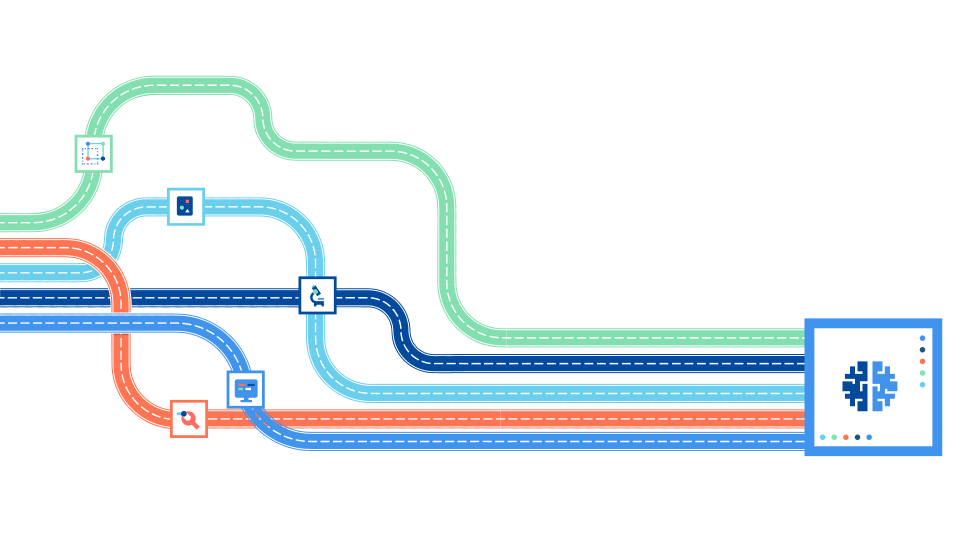
It becomes non-negotiable when talking about gig platforms that rely on remote working relationships and global freelancers. Companies working with freelance developers and designers need reliable ways to assess how well a new development team will work together at different stages of the project. Measuring the “discursive diversity” of a team is important to discover how different team members will understand the same topic.
Gigster participated in a new study from Stanford University and University of California Berkeley that looks into the gig economy and how discursive diversity affects team performance.
What is Discursive Diversity?
When evaluating developers, designers, and project managers for a new initiative, expertise and past success are usually the top metrics. However, understanding the communication styles of different team members and how they define certain methodologies is equally important. Discursive diversity is a measure of the differences in how team members understand certain topics. For example, “lean development” may not mean the same thing to everyone on your team.
Some members may prioritize minimizing waste, while others focus on the importance of failing fast and learning. When discursive diversity is high, people think differently. When DD is low, people are on the same page. Understanding this discursive diversity is key to predicting team success based on communication.
Discursive Diversity Across Project Milestones
When it comes to software development, it may seem like assembling a team with the same understanding of a specific topic is key to ensuring everyone is on the same page, and the project runs smoothly. In fact, the target level of discursive diversity will change depending on what stage of a project you’re in. When your team is engaged in ideation tasks, you want a high DD level, meaning people are thinking differently. This improves brainstorming and technical problem-solving.
Then, during coordinated tasks such as project planning, road mapping, and reporting, you need to ensure DD is low. Being able to have a pulse on a team’s level of alignment allows you to stay ahead of delivery risk.
Managing Discursive Diversity
Measuring DD and sharing this input with your team, is an important first step in crafting the ideal team chemistry. However, a misaligned team can still be corrected and potential risk avoided if you catch it early and take specific steps to manage DD.
When you need to lower DD to get everyone on the same page, schedule team sync meetings and 1:1 to ensure alignment. Review the project goals and KPIs and also go over the backlog in the context of these metrics. Raising team DD during ideation phases can be achieved through Q&A sessions and thought experiments to get the creative juices flowing. Another strategy we use is to bring in a “celebrity shot” – a guest team member to provide a fresh perspective and jump-start the team’s discursive diversity.
By being more mindful of how a team’s shared cognition affects success creates healthier, more innovative and product teams. Working to manage discursive diversity has the power to rebuild relationships, improve efficiency and drive profits in the long run.
Check out the full Stanford University study for complete research into how to measure how people think differently. We’ve also released a whitepaper that goes in-depth into each aspect of the gig economy. It is a must-read for everyone looking to understand how to manage discursive diversity and skyrocket company performance.
